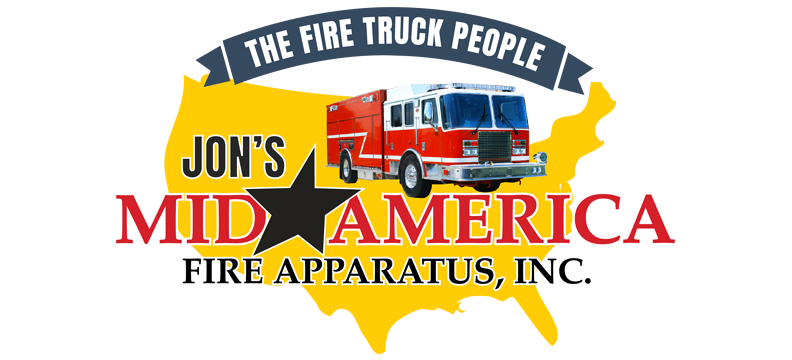There are so many things to think about when an emergency happens. But worrying about the integrity of your hydraulic hoses shouldn’t be one of them. If you’re concerned that your hydraulic hoses could become damaged in an emergency, there are ways to protect them, ensuring you and your team can focus on the situation and not the equipment.
Related content: Critical Maintenance Steps for Hydraulic Rescue Tools
Follow Proper Procedures
As with any piece of equipment, following proper handling procedures will always reduce the risk of bodily injury and harm to the equipment. The hoses you use for firefighting use pumps that supply a continuous flow. If your hose is damaged, the flow will be interrupted or stopped, and this can be the difference between fighting a fire and fighting a broken hose.
Don’t Bend or Twist
Hoses are designed with a specific bend ratio by the manufacturer. This allows you to pull and use around the corners of rooms and buildings. But there’s a limit to the bend. Like anything, if it’s pushed beyond the ratio it’s intended for, you can cause damage. Damage can look like pinholes, tears, or even crushing. When this happens, the flow of hydraulic fluid is compromised, and you may lose pressure.
Creating a Barrier
If you’re in the middle of an emergency, you need to trust that your equipment is working correctly and your team is using it in the same way. You can’t wait to inspect everything. To keep your hydraulic hoses safe from harm, you can create a barrier between the hoses and potentially harmful sources.
Proper sleeving for your hoses can keep them from damaging twisting and kinking, but the fire-resistant material can also save them from high heat and hot corrosive materials often found in fires.
Depending on the situation, there could be several emergency vehicles on the scene. You need to keep the hoses safe if a vehicle needs to move, rolling over the hose. Putting plastic spiral guards over the hoses creates a barrier between the hose and the wheel. These guards protect hoses from cuts, scrapes, and the crushing and rubbing that a wheel can impose on a hose.
Inspect Frequently
Being trained to inspect your equipment after every use is part of a firefighter’s job. Holes or tears in your hydraulic hoses can cause injury because of the liquid inside and the pressure. However, there are times they can be challenging to identify. Testing for issues improperly can cause burns and other bodily harm. Be sure to follow proper maintenance procedures from the manufacturer.
Related post: The Effects of Cold Temperatures on Hydraulic Rescue Tools
Jon’s Mid-America Fire Apparatus and Rescue Tools
Do you need new hydraulic rescue tools or repairs on your current equipment? Contact Jon’s Mid-America online to start the conversation, or call (417) 887-0534 in Southwest Missouri or (816) 625-1286 in the Kansas City area.



